Best Time for Foundation Repairs
Foundation repairs are best scheduled during periods of stable weather with moderate temperatures and low precipitation. Dry seasons reduce the risk of water infiltration and soil movement that can complicate repairs. Timing repairs during these periods can improve the effectiveness and longevity of the work.
In regions with distinct seasonal changes, late summer or early fall are often ideal for foundation work. Avoiding extreme cold or heat minimizes soil expansion and contraction, which can impact the stability of repairs. Planning during mild weather ensures better working conditions and more consistent results.
Late summer and early fall typically provide the best conditions for foundation repairs due to moderate weather and soil stability.
Avoid scheduling repairs during periods of heavy rain, snow, or extreme temperatures to prevent complications and ensure proper curing of materials.
Soil moisture levels significantly affect foundation stability. Repairs are most effective when soil is neither overly saturated nor too dry.
Timing repairs appropriately can extend the lifespan of the foundation and reduce the likelihood of future issues.
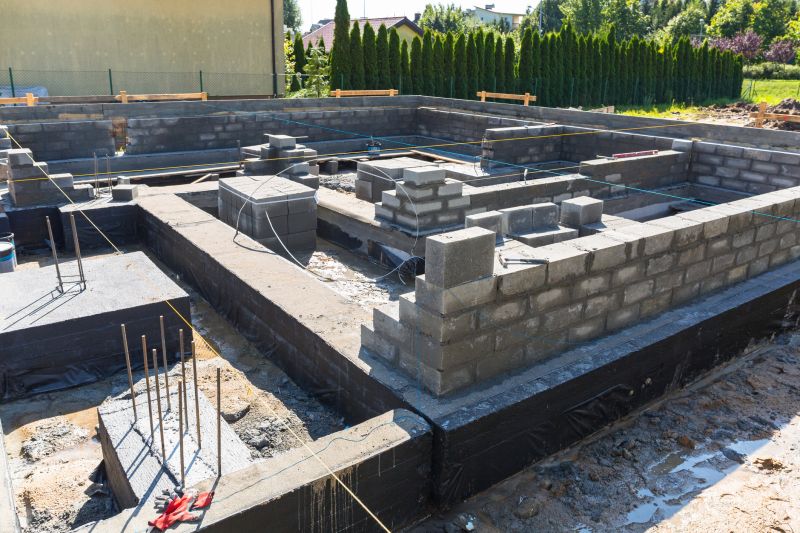
Dry conditions help ensure stable soil and proper curing of repair materials.
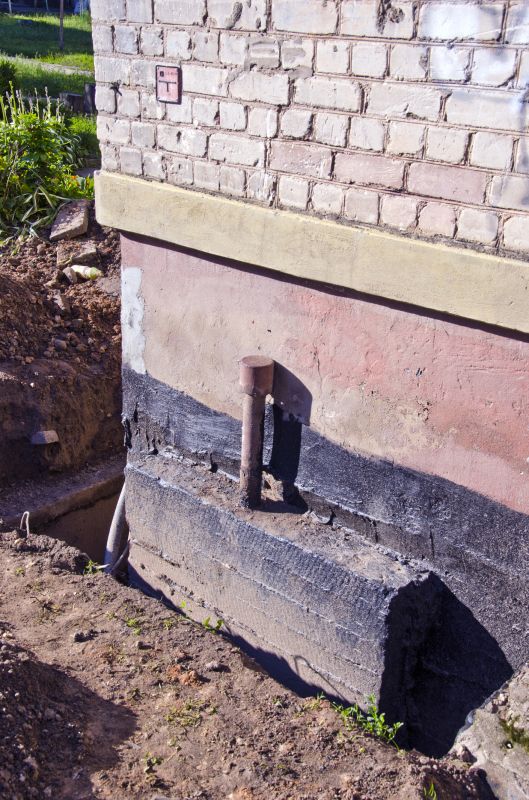
Mild temperatures facilitate easier access and better results.

Timing repairs before seasonal soil movement reduces future issues.

Proper site conditions contribute to successful repairs.
| Season | Ideal Conditions |
|---|---|
| Spring | Soil is moist but not saturated; moderate temperatures |
| Summer | Dry and warm; low rainfall improves repair conditions |
| Fall | Stable soil moisture; mild temperatures |
| Winter | Cold temperatures and potential for frost; generally unsuitable |
Foundation repairs involve addressing issues such as settling, cracking, and shifting that compromise structural integrity. These repairs may include underpinning, piering, or stabilization techniques. Proper timing ensures that repairs are effective and durable, reducing the need for future interventions.
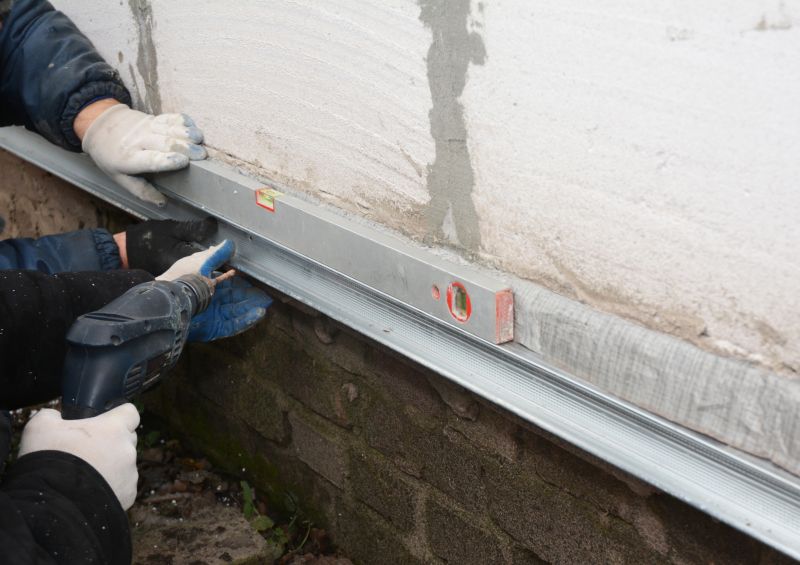
Visual inspection and soil analysis guide the timing and method of repairs.
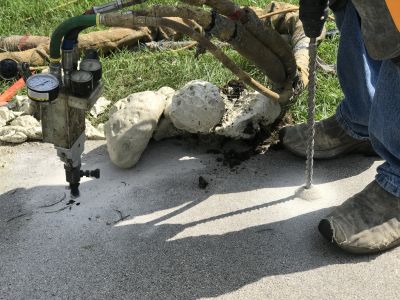
Specialized tools and machinery facilitate effective foundation stabilization.
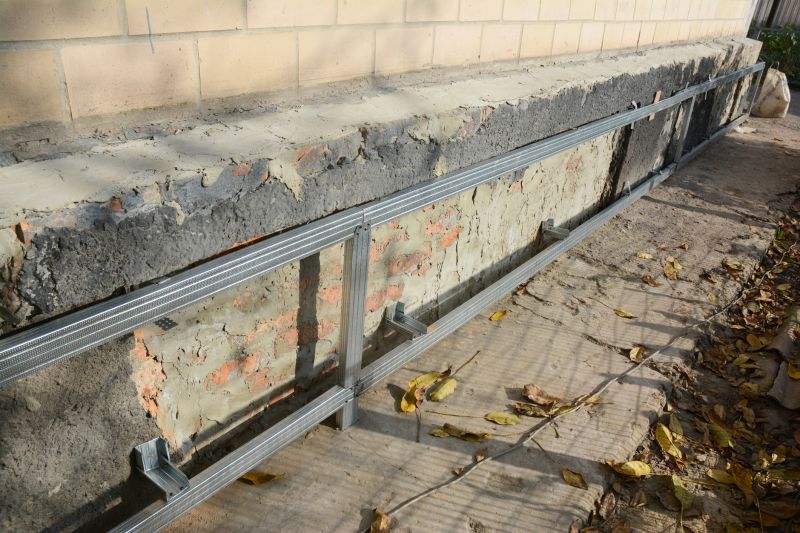
Proper timing results in noticeable improvements in foundation stability.

Durable repairs contribute to the long-term safety of the structure.
Timely foundation repairs are crucial for maintaining structural safety and property value. Recognizing the optimal seasons and weather conditions can lead to more successful and lasting results. Consulting with foundation specialists can help determine the best timing based on local climate patterns.
Interested in foundation repairs? Filling out the contact form can initiate a consultation to assess the specific needs and optimal scheduling for repairs in Paris, KY.

